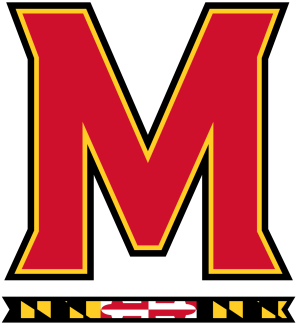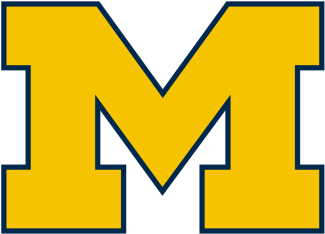Bryant returned a week later but was shelled 13-5 at Saint Joseph’s, then in the midst of a nine-game winning streak.
The Bulldogs haven’t lost since, in part because the next week was their best off the field in a long while. O’Rourke had an implantable loop recorder — a device that constantly monitors his heart activity and sends the data to his doctors — placed in his left pectoral muscle. He was cleared to practice and to appear in games.
He made his season debut April 24 and had a lot to cram into his shortened season.
“Not necessarily making up [for lost time] — I was moreso concerned about how I was going to feel after playing,” O’Rourke said. “I hadn’t really done any exercise in a while. I was definitely sore. But for the most part, as soon as I got out there, it was like I never left.”
It’s exactly what Bryant needed, too.
“Boy did it change the world for Bryant lacrosse,” Pressler said. “He practiced for three days. He hadn’t practiced since October. He starts against Sacred Heart and has six goals. And we have never looked back since Marc O’Rourke’s return. Not only his play, but he has elevated everyone’s play, especially at the offensive end of the field.”
O’Rourke scored another six goals in a makeup game against Long Island to close the regular season, then he delivered a pair of four-goal outings as the Bulldogs paid back losses to Hobart and Saint Joseph’s in the conference tournament.
Without O’Rourke, Bryant was averaging a solid 12 goals but was only intermittently explosive. With him, the Bulldogs have posted 17.5 goals a game to secure their fifth NCAA berth since 2013 — and the chance to reach the quarterfinals for the first time since their first-round breakthrough against Syracuse in 2014.
“It was something we had set out to do from day one,” O’Rourke said. “We had a lot of fifth-year and sixth-year guys come back for that specific reason, to go through what we went through this year with the pauses and injuries and what not. We remained resilient the entire time, faced adversity head on. We stayed the course and ultimately got it done in the end. We’re looking forward to doing it again on Sunday.”
NUMBERS OF NOTE
9
Maryland is the first team in nine years to enter the NCAA tournament with an undefeated record. Prior to the third-seeded Terrapins, the last team to make it through the regular season without a loss was Massachusetts in 2012.
17
Rutgers’ 17-year gap between NCAA tournament appearances is tied for the third longest in the event’s history. Air Force went 26 years between appearances (1988-2014), Yale had a 20-year drought (1992-2012) and Air Force had another 17-year stretch (1971-1988).
18
Maryland is making its 18th consecutive NCAA tournament appearance, the third longest streak in the event’s half-century history. The Terrapins, who have made each tournament played since 2003, trail only Johns Hopkins’ 41-year streak (1972-2012) and Syracuse’s 24-year run (1983-2006).
60-8
Since the tournament expanded to 16 teams in 2003, top-four seeds are 60-8 in first round games. The most recent top-four seeds to lose were Denver (against Towson) and Yale (against Navy) in 2016.


























































